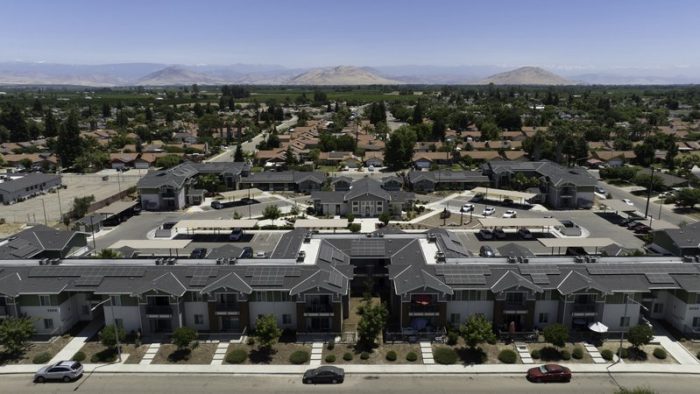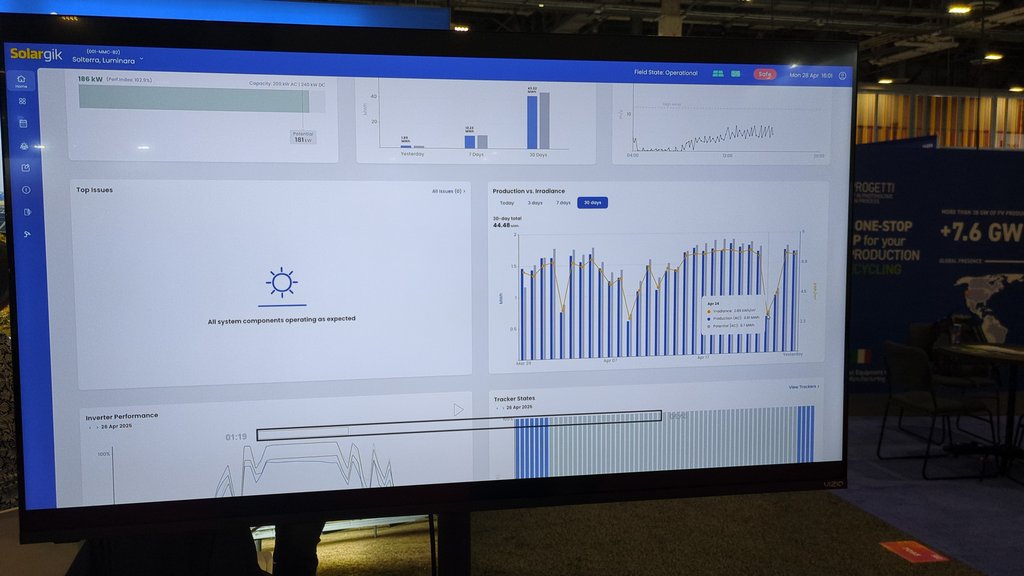Heatwave grid save: Sunrun Home Battery fleets dispatch 340 MW on June 24

As record heat and energy demand strain power grids across the U.S., Sunrun’s distributed battery fleet stepped up. The company announced that its network of residential batteries dispatched over 340 MW of peak power on June 24 to support grid operators in California, New York, Massachusetts, Rhode Island, and Puerto Rico.
“This summer is proving challenging for grid operators, as extreme heat and rising demand again push our aging infrastructure to its limits,” said Sunrun CEO Mary Powell. “Home storage paired with solar is a reliable and controllable resource that can provide on-demand power to the grid to prevent blackouts and reduce energy prices for all households.”
Battling energy demand with home batteries
Triggered by a brutal heatwave on the East Coast—with temperatures climbing into triple digits—Sunrun’s aggregated fleet responded to grid operators’ emergency calls to help avoid blackouts and reduce pressure on an already overloaded transmission system.
In California alone, Sunrun batteries dispatched 325 MW between 7 p.m. and 9 p.m., offsetting peak evening demand after solar production dropped off. In New York, Sunrun has completed four dispatch events in the last week, with more scheduled as part of ongoing grid services. Puerto Rico’s Sunrun network activated 5,600 batteries in under an hour to assist with power generation shortfalls.
These virtual power plants (VPPs) work much like traditional generation but can be deployed faster and more flexibly. According to Sunrun, its total installed battery capacity is approaching 1 GW—comparable to a nuclear plant in peak output.
“Our distributed power plants are ready to help drive a more resilient and less expensive grid,” said Chris Rauscher, VP of Grid Services at Sunrun. “We are doing this at scale and creating real value right now.”
Sunrun’s VPPs are enabled by its subscription model, which gives the company the ability to manage and dispatch power from tens of thousands of homes. As climate pressures and energy demands continue to climb, the model is positioned as a faster, cleaner alternative to traditional peaker plants.





Comments are closed here.